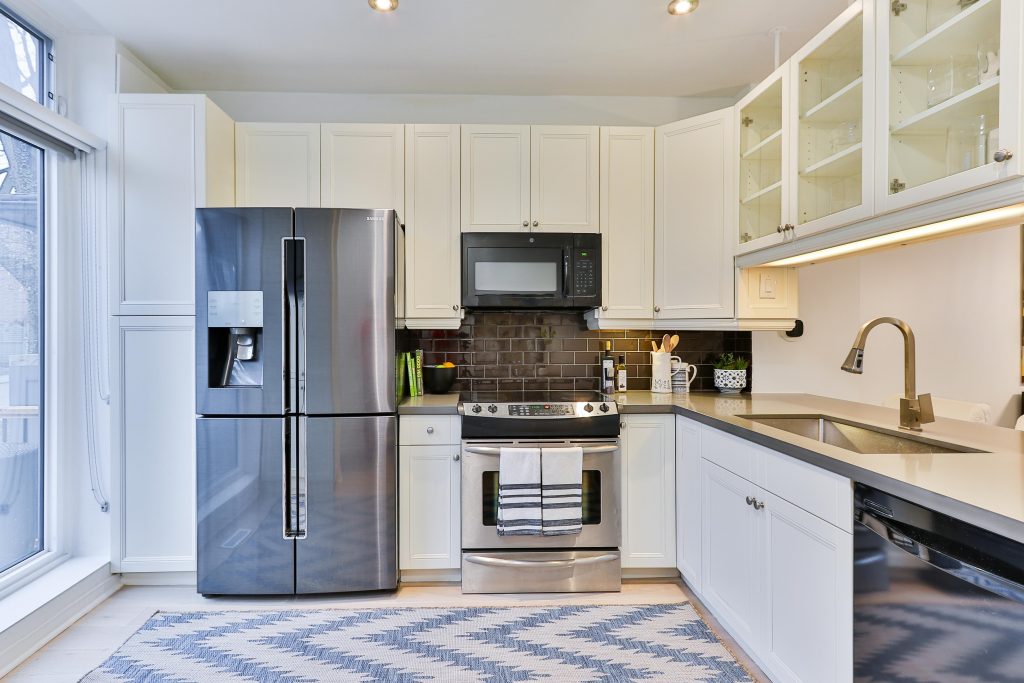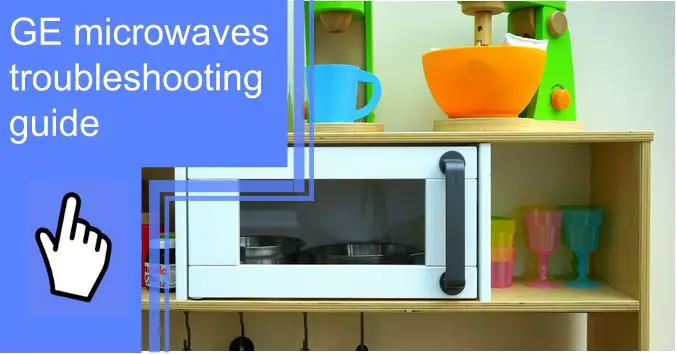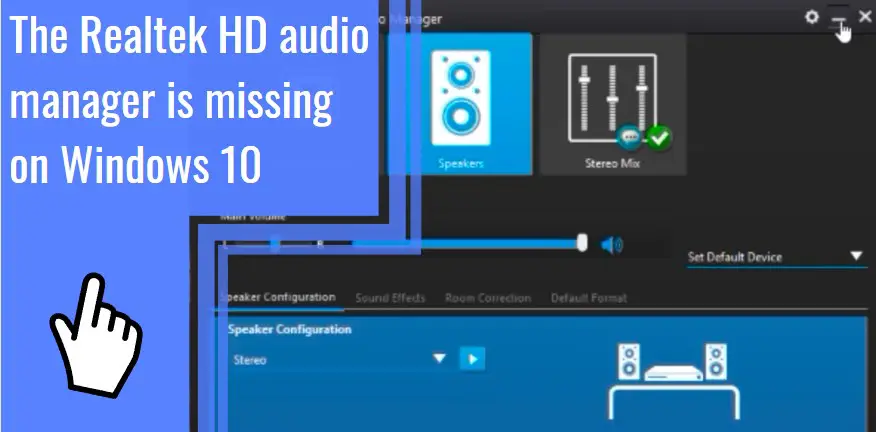What you find on this page:
GE microwaves have many convenient features, which inevitably means they have more avenues for malfunctions. The variety of ways these microwaves can malfunction makes it very difficult to pinpoint the source of the problem when troubleshooting for your GE microwave.
This article will describe some of the most common sources of a malfunctioning GE microwave and their most likely solution. Read more, and we’ll give you the full rundown.
GE Microwave Troubleshooting & How-to Fix
There are a variety of issues that can arise with your GE microwave, all with different symptoms and solutions. Troubleshooting for your GE microwave can be difficult, but we’ve simplified it for you below.
Why Does My GE Microwave Trip the Circuit Breaker?
There are a few reasons your GE microwave may trip the circuit breaker. The first and most common culprit is that the circuit has experienced an electrical overload, which causes the breaker to flip. Any appliance that goes beyond the amp range of the circuit breaker will cause it to do this.
You might have an issue with the internal components of the microwave if the breaker trips when you start the microwave. Defective transformers, faulty capacitors, and blown interference suppressors are usually the root cause of this occurrence.
If none of the above is applicable, the root cause is usually an electrical leakage. Be careful, as this issue comes with an extreme risk of electrocution if you don’t have the proper tools and knowledge at your disposal. It’s recommended that you seek the help of a technician for this issue.

1. GE Microwave Does Not Heat Food But Runs
There are a few things that could be causing your GE microwave to run without heating food.
Failed Heating
Depending on the source, if your GE microwave is running but doesn’t seem to heat food, this could point to some minor or major issues. Either your timer function is on, your door isn’t closed securely, or one of your components is faulty.
GE recommends that with faulty components, you seek the help of a professional technician before trying to fix the issue yourself.
Strange Burning Odor
If there is a strange burning odor coming from your microwave when attempting to heat food, this might mean one or more of the electrical components has been fried—meaning you’ll likely have to replace your microwave or get it serviced.

Snapping and Arcing Sounds
Snapping and arcing sounds usually stem from what is placed in your microwave oven–metallic objects are typically to blame for this. Even if a dish doesn’t look like it’s made of metal, there could still be flakes of it on the rim or within the dish itself. Always check if a dish is microwave safe before assuming it is.
If metal dishes aren’t to blame, this could point to a dirty or defective waveguide.
2. GE Microwave Fuse Is Blown
If none of the above issues apply, you could have a blown fuse. Below is a short guide on locating and replacing your blown fuse on your GE microwave.
GE Microwave Fuse Location
Before doing anything, ensure the microwave is unplugged–not doing so could be catastrophic.
The fuse is located under the plastic grill on top of the microwave. Two screws are used to secure it. After removing the screws and the plastic grill from the microwave, proceed to the right side and pull out the screw holding the metal grill in place. Under this, you’ll find the fuse.

GE Microwave Thermal Fuse Test
If the microwave overheats, the thermal fuse will shut off power to the microwave. Using a multimeter, check the thermal fuse for continuity to see whether it has blown. Replace the fuse if it doesn’t have continuity.
GE Microwave Thermal Fuse Replacement
Replacing a thermal fuse is a relatively long and complicated process. It can also be quite dangerous, so make sure you have the proper tools and know the risks involved.
For an extensive guide on replacing your thermal fuse, click here.

3. GE Microwave Error Codes: Meaning and Fixes
Some common fixes to some common problems.
Code F1
Code F1 implicates an open thermal sensor usually caused by excessive heat in the microwave’s cavity.
Code F2
Code F2 means you have a shorted-out thermal sensor.
Code F3
If you get an error code F3, you have a faulty or damaged keypad. This will occur if the keypad malfunctions for over 5 seconds when running the microwave.
Code F4
Code F4 is a broken humidity sensor. When running the microwave, this will trigger when the humidity sensor is open for over 5 seconds.
Code F5
Shorted humidity sensor; occurs when the humidity sensor shorts out continuously over 5 seconds when running the microwave.
Code F6
Code F6 can point to a few different sources. Either your Relay Control Board, the temperature probe, or the associated wiring is faulty or damaged. There is a way to reset the microwave, which, if we’re lucky, will restore the microwave to working condition (assuming there is no permanent damage).
To reset the microwave, power off the unit entirely by flipping off the circuit breakers. Let it stay off for over a minute to ensure no excess electricity is left in the circuit. Then, power it on again. If the error code persists, this could point to permanent damage to the internals of your microwave.
Code F10
If the screen reads error code F10, this means your touch screen has shorted out. The only way to fix this is by getting it serviced by a technician.
4. GE Microwave Troubleshooting Keypad
Are the keypads on your GE microwave not functioning as intended? Below is a troubleshooting guide for finding the cause of a malfunctioning keypad.
Keys May Be Stuck
Years of usage can leave keys stuck in place from excess dirt or residue. That’s why you should wipe your keys down with disinfectant wipes before assuming anything more serious. If you’ve thoroughly cleaned your keys and the issue persists, keep reading.
Reset Your Microwave
Unplug the microwave and leave it unplugged for about a minute to reset it. Sometimes, all your microwave needs is a hard reset–much of the time, the source is just buggy firmware, which is usually why a reset fixes it.
Hardware Issues
If a reset doesn’t fix it, this could point to an issue with the internals of the keypad. Usually, the control panel and touchpad are to blame for this. If some buttons on the keypad react to touch but others don’t, this likely means parts of your touchpad are broken or defective. If the whole unit is nonresponsive, this means there is probably an issue with your control panel.

5. GE Microwave Troubleshooting No Power
Is your GE microwave not powering on? Are you still having difficult GE microwave troubleshooting? Here are some of the most common causes for a GE microwave that won’t power on.
Faulty Switch
The best way to tell if you have a faulty switch is by testing it on multiple outlets to see if it still has issues regardless of the outlet used. If the switch doesn’t work, this might imply some other components have failed. More on those below.
Faulty Thermal Fuse
The most common source of a faulty switch is a shorted thermal fuse. Refer to previous instructions for finding and replacing your thermal fuse.
Faulty Line Fuse
If the thermal fuse isn’t the source of the issue, the other possibility could be a faulty line fuse. This is used to manage voltage within the microwave, so it’s an incredibly vital component for the appliance to function.
6. GE Microwave Display Not Working
We can fix most display issues with a reset, but if the issue persists, this could mean one or more of the components within your microwave is faulty.
7. GE microwave lights not working
As a result of burnt-out microwave light bulbs, it is not uncommon for them to not work. The best way to find out if this is the issue is to unplug the microwave and then turn off the power to the microwave at the breaker point.

How Do You Reset a GE Microwave?
To reset a GE microwave, power off the unit entirely by unplugging it from the outlet. Let it stay off for over a minute to ensure no excess electricity is left in the circuit. Then, power it on again.
Could the Main Control Board Be Defective?
A faulty control board is the most common reason your GE microwave display may not function. If you power on the microwave and the display shows lines or missing digits, a capacitor on the control board has blown. The only way to fix this issue is by getting it serviced.
Conclusion
GE microwaves can be incredibly tricky to troubleshoot, especially for anyone without prior experience. Considering the various factors at play and the danger of dealing with high-voltage electronics, it might be better to leave this one to professional technicians.
But if you think you’re ready for at-home troubleshooting, I hope this guide taught you a thing or two about your GE microwave.
Frequently Asked Questions
Resetting your control panel is the same as resetting the microwave–unplug it, wait a minute, and plug it back in.
Usually, a blown fuse is to blame for a non-functioning microwave. Luckily, they’re also cheap and easily replaceable.
A microwave’s pf means power failure. When your home’s electrical supply is restored, you may see a “PF,” “888,” or “8888” code on display. One of these codes will appear on the display when a power outage occurs.






